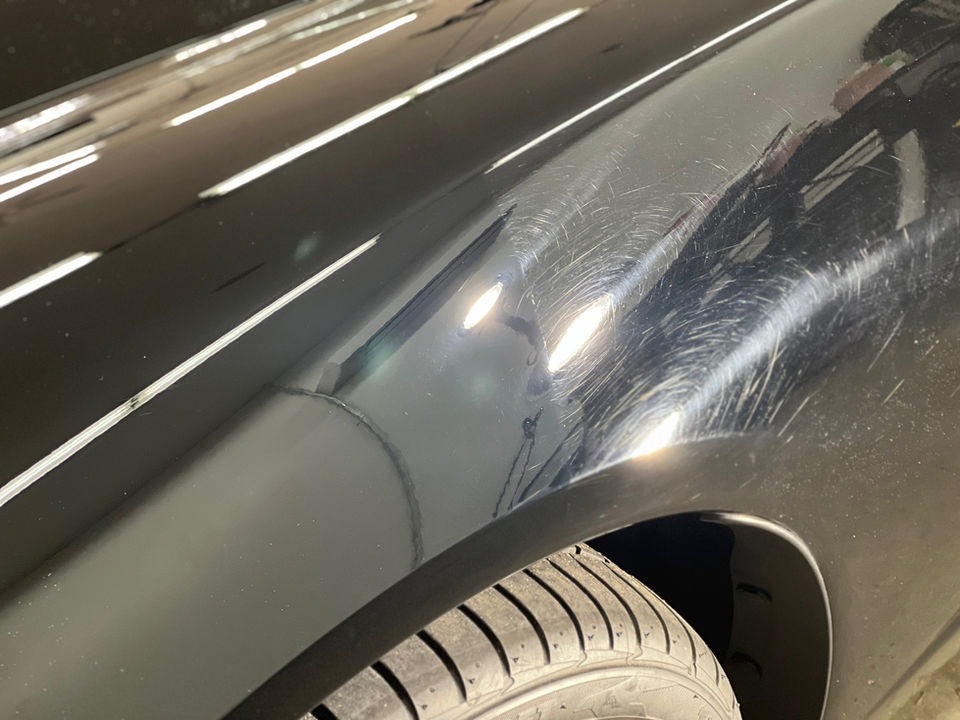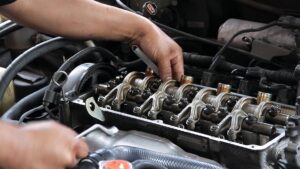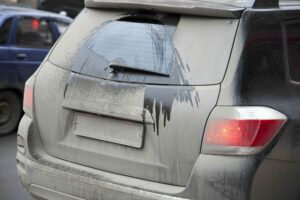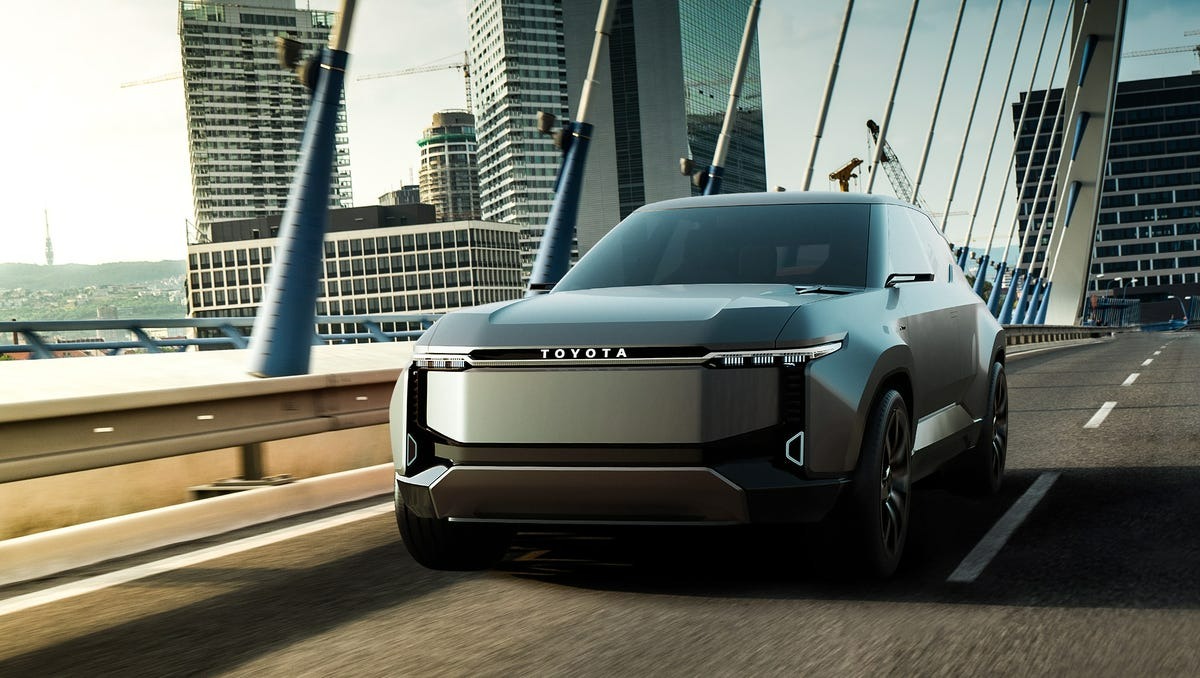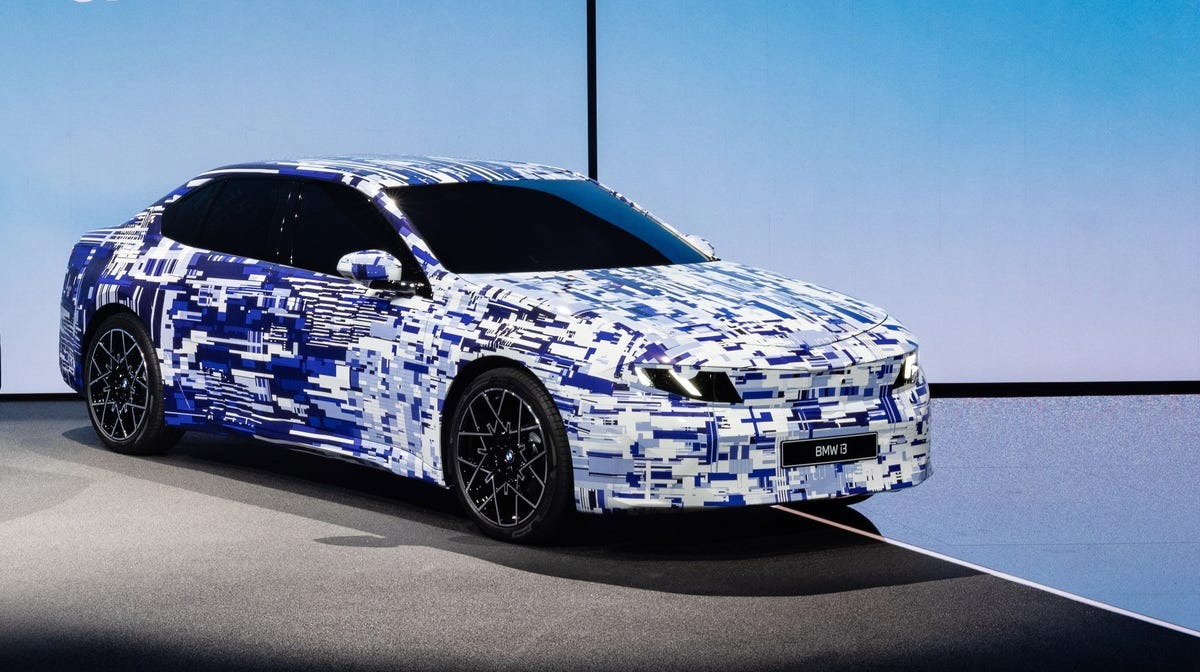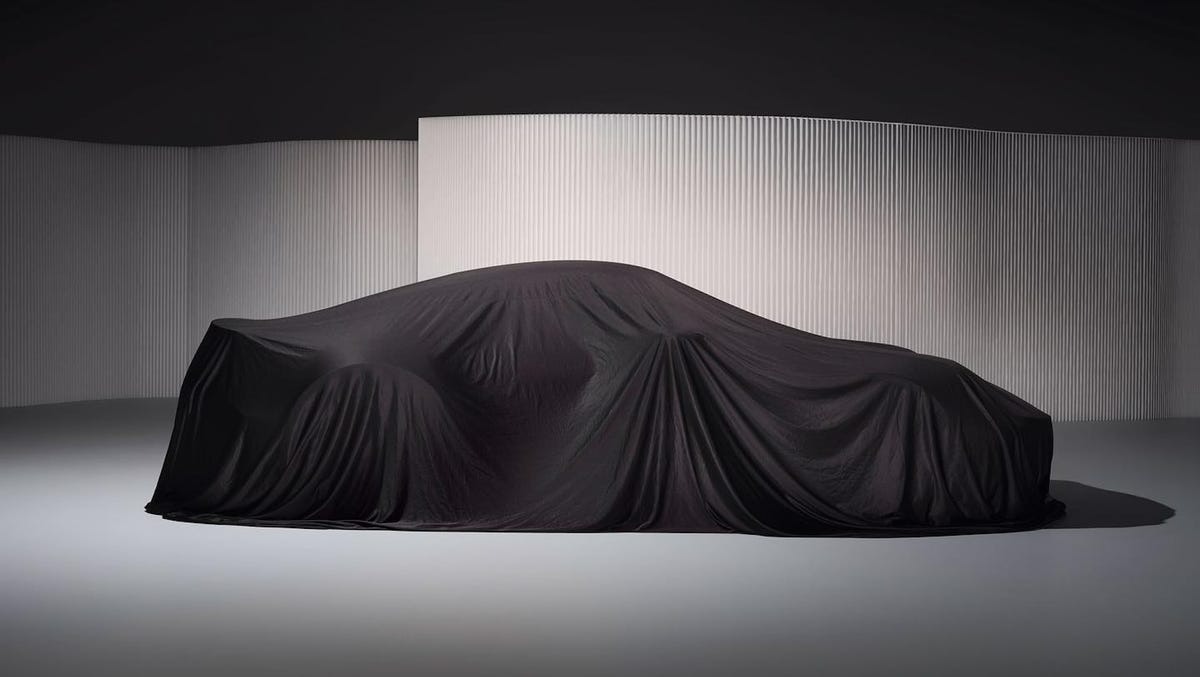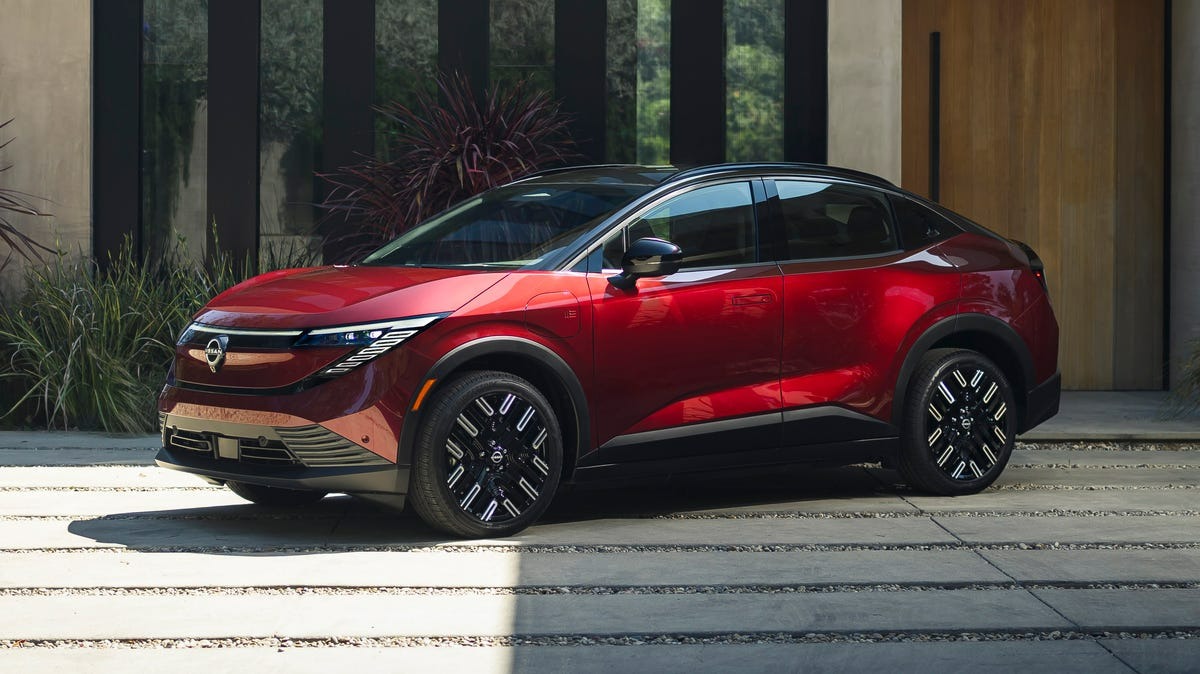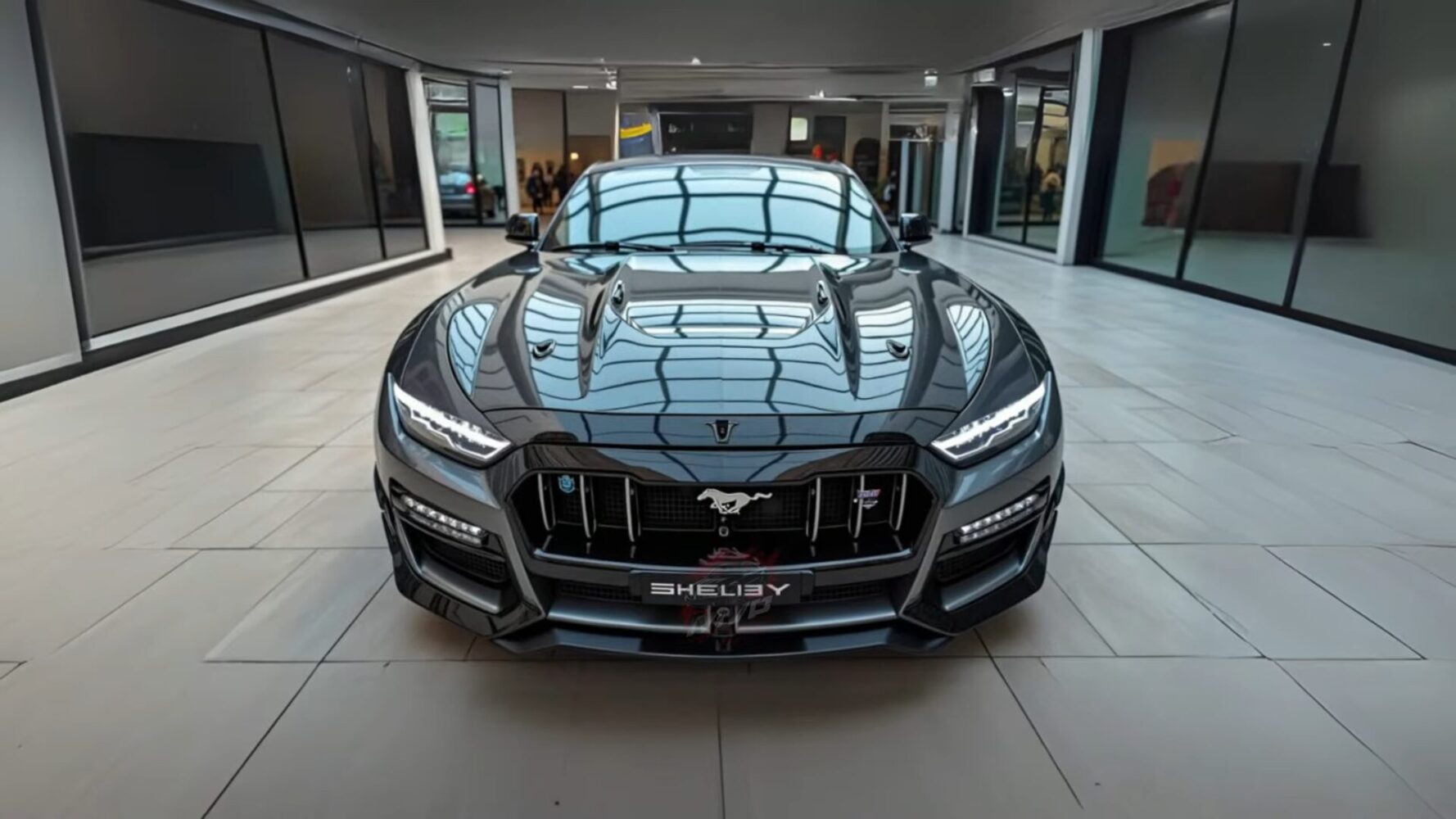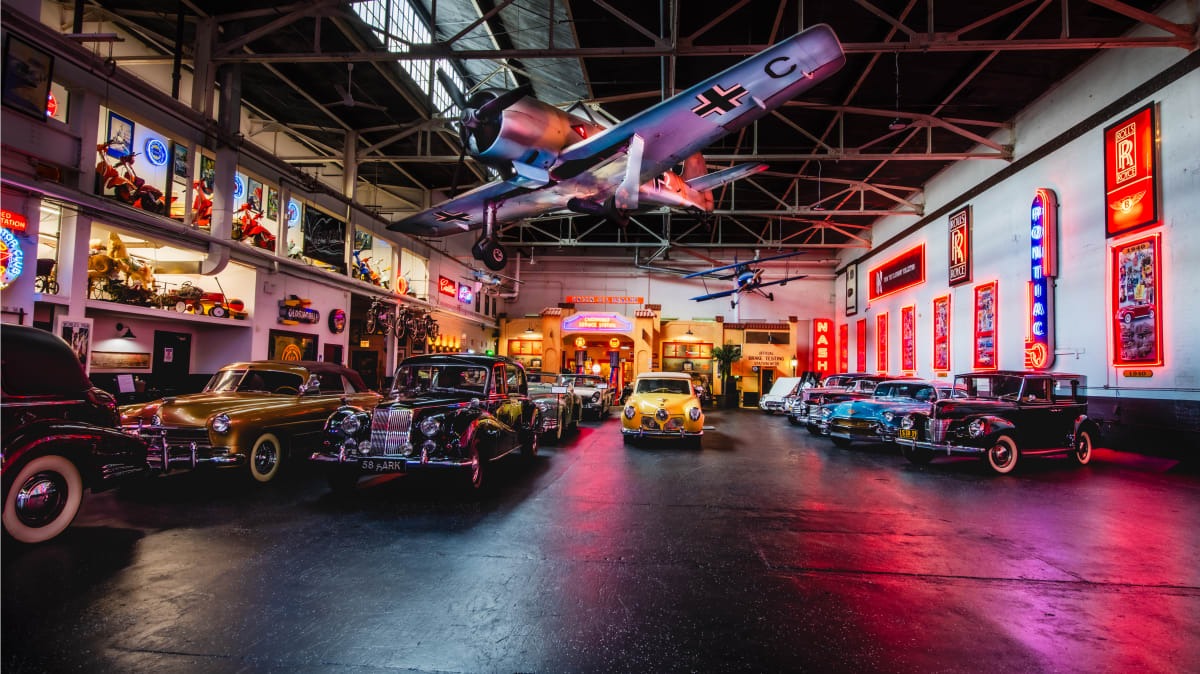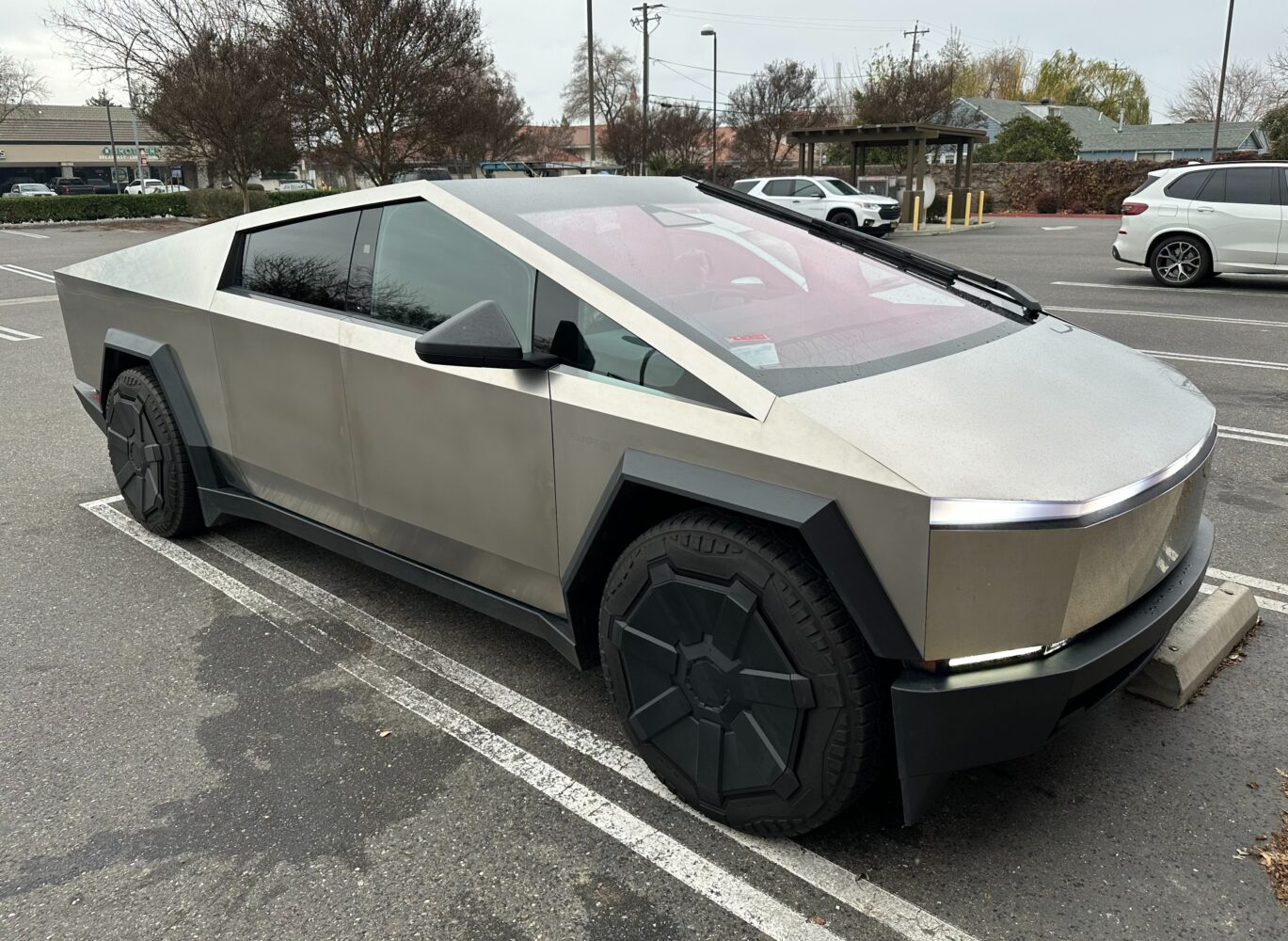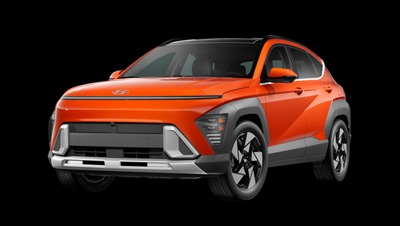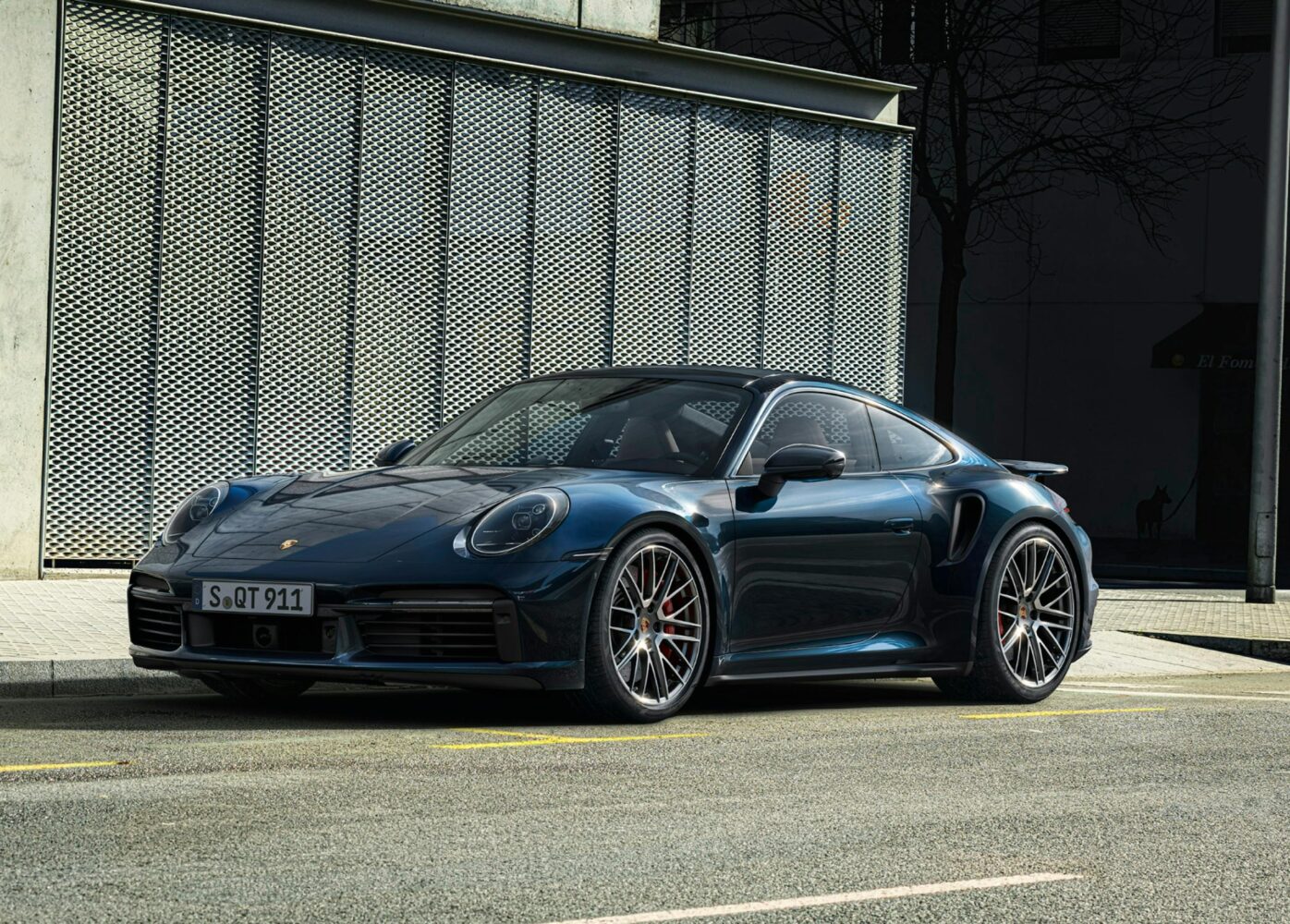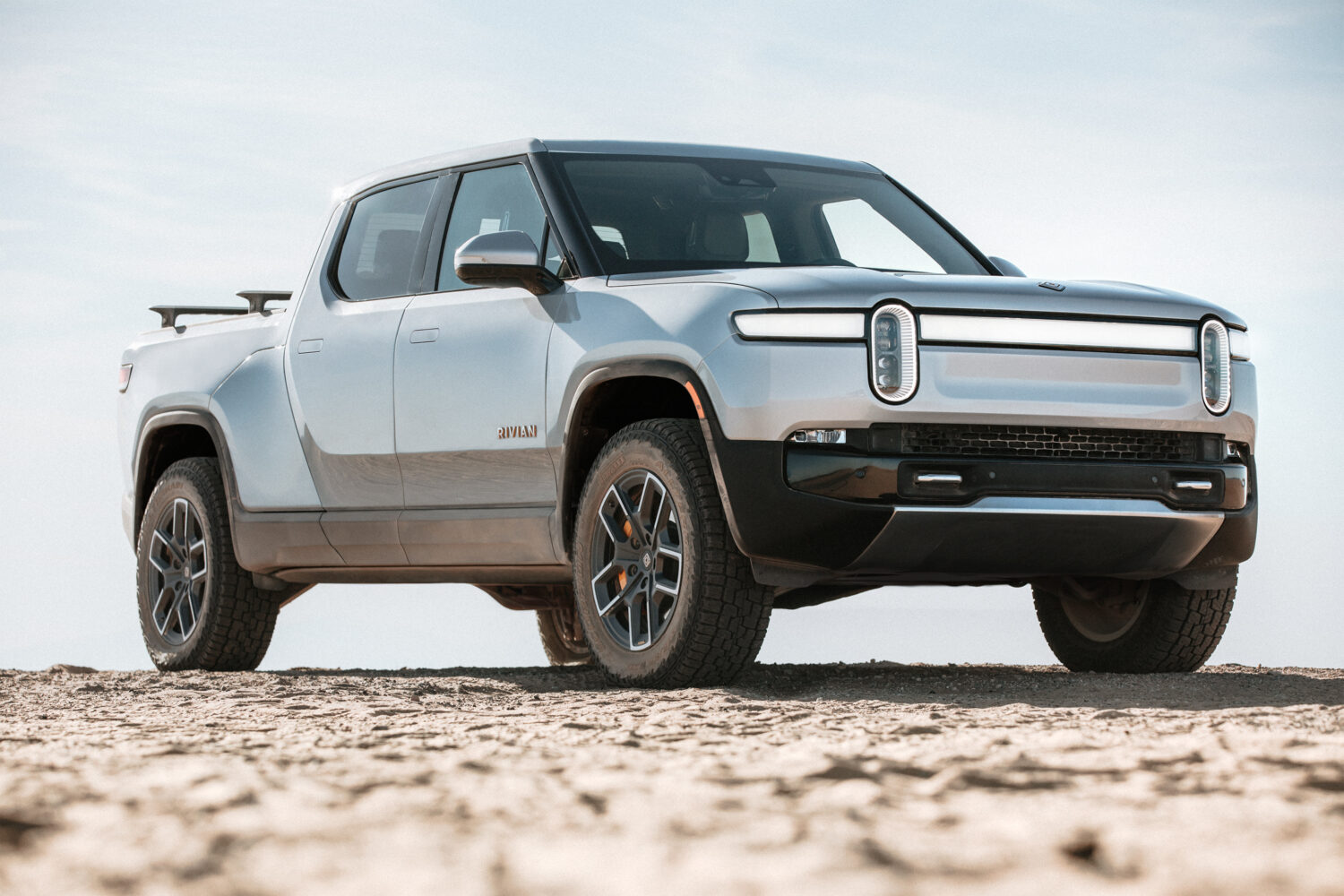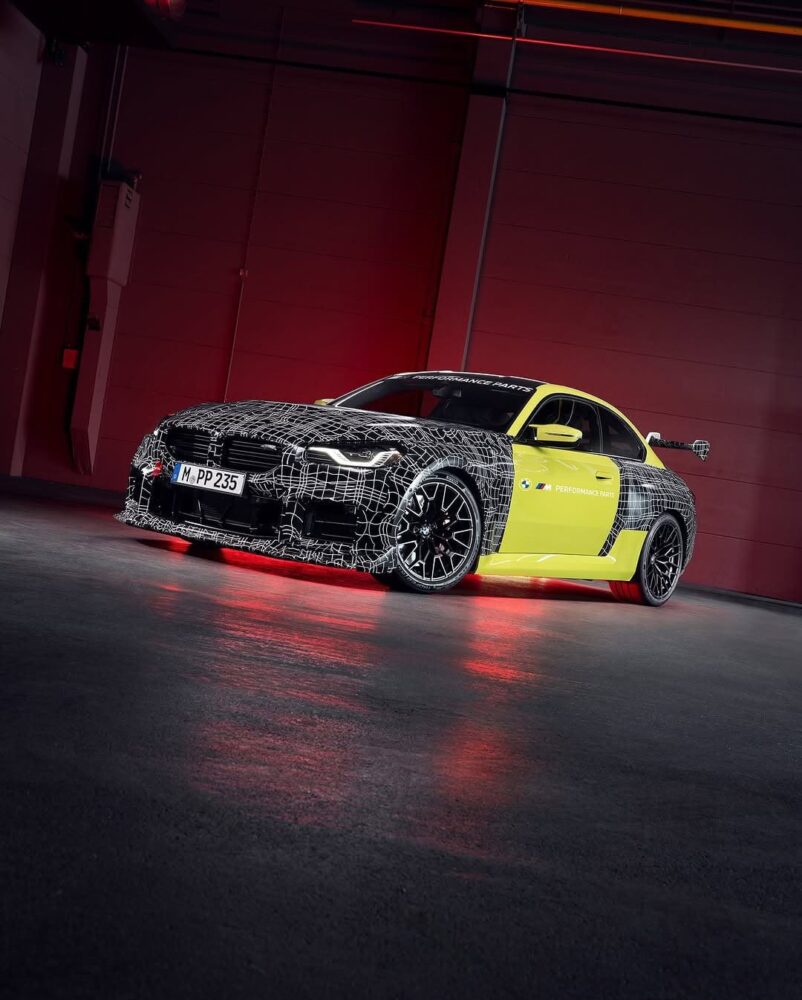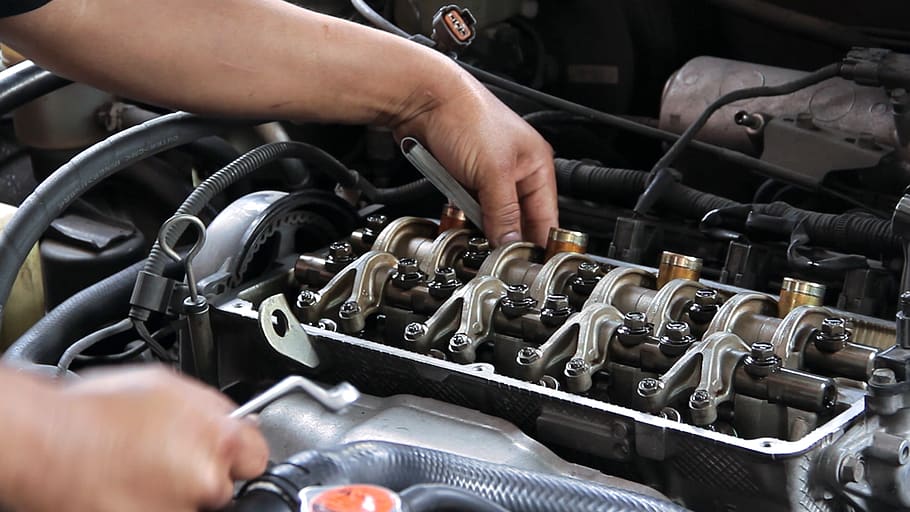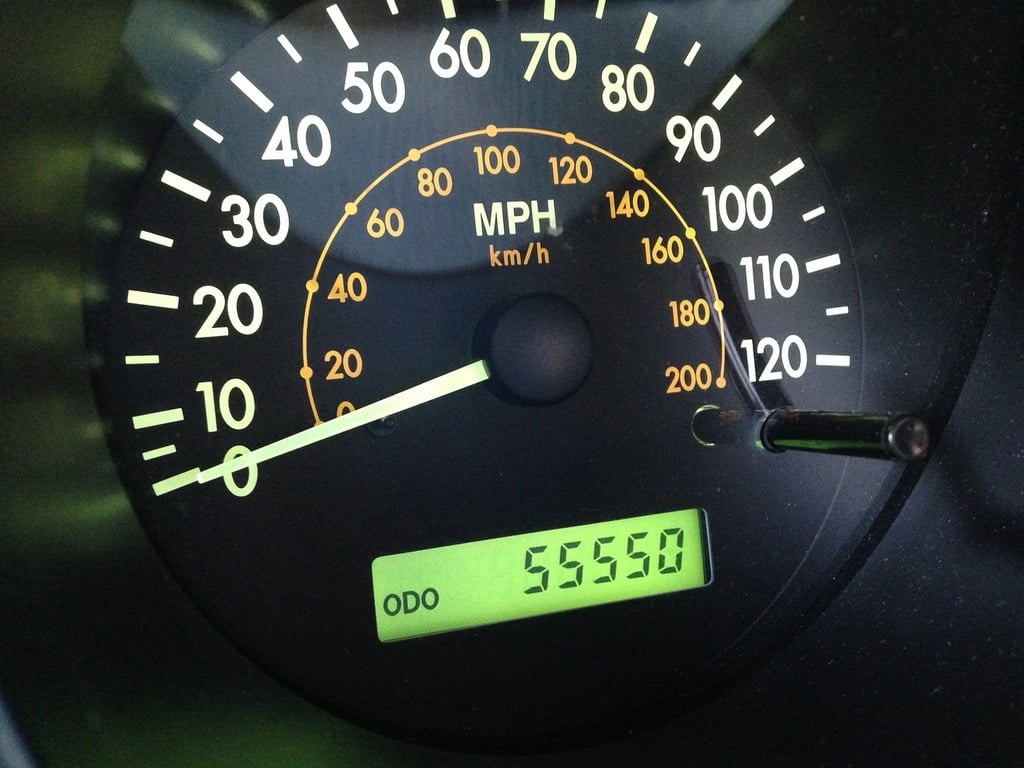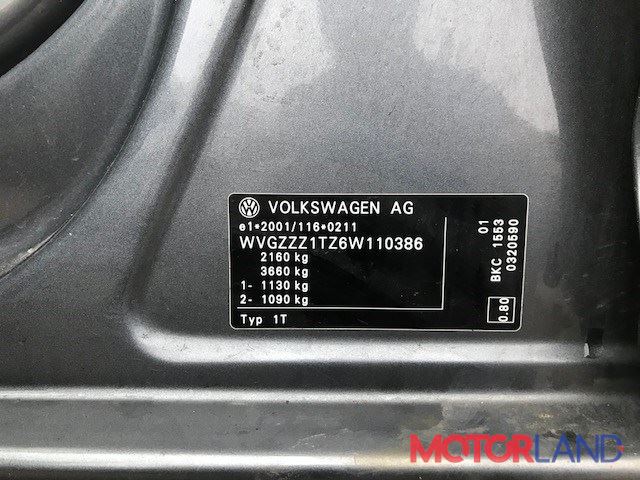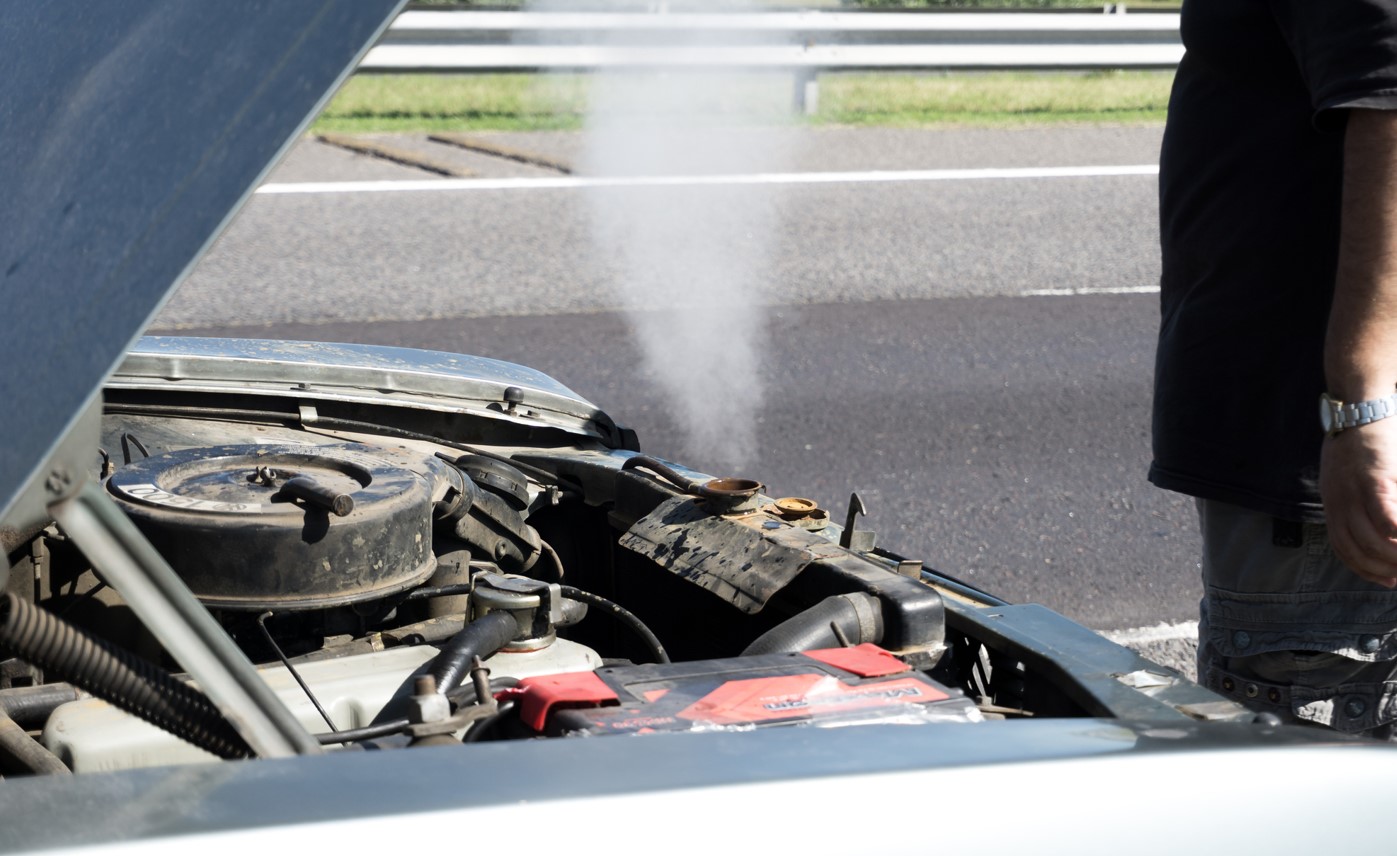Introduction
Black cars. They’re the epitome of sleek, sophisticated automotive beauty. But let’s be honest, for us detailers, they’re also the ultimate test of skill and patience. One wrong move, and those dreaded swirl marks appear, turning a masterpiece into a maintenance nightmare. Ever felt the pressure of a black car detail? Ever wondered how to achieve that deep, wet look without the imperfections? You’re not alone. This guide is your roadmap to mastering the art of detailing black cars, banishing swirl marks, and achieving a finish that’ll make your clients (and you) proud.
Key Takeaways
- Understanding Paint: Learn the nuances of black paint and why it’s so susceptible to swirl marks.
- Proper Wash Technique: Master the two-bucket method and other essential washing techniques to minimize scratches.
- Clay Bar Magic: Discover how clay barring removes embedded contaminants for a smoother surface.
- Polishing Perfection: Choose the right polish and pads for your machine polisher to eliminate swirl marks effectively.
- Protection is Key: Apply a high-quality wax or sealant to protect your hard work and maintain the shine.
Understanding the Basics of How to Detail a Black Car Without Swirl Marks
Detailing a black car without inflicting swirl marks is like performing open-heart surgery on a Ferrari – precision and knowledge are paramount. Black paint, unlike lighter colors, readily reveals every imperfection. Think of it as a perfectly smooth, dark mirror. Any scratch, swirl, or blemish immediately stands out. This is because black absorbs light rather than reflecting it, making surface imperfections more visible.
Key terminology to understand includes:
- Swirl Marks: Micro-scratches in the paint’s clear coat, usually caused by improper washing or polishing techniques.
- Clear Coat: The protective layer of paint that provides gloss and UV protection.
- Cut: The level of abrasiveness in a polishing compound. Higher cut removes more imperfections but can also leave behind hazing.
- Polish: A less abrasive compound used to refine the paint after cutting, enhancing gloss and clarity.
- LSP (Last Step Product): The final layer of protection, such as wax or sealant.
Imagine your car’s paint as a delicate cake. Washing it with a dirty sponge is like using a cheese grater on the frosting. You need the right tools and techniques to preserve the finish.
Importance and Implications
Why does mastering swirl-free black car detailing matter? Simple: reputation and profit. In the detailing world, reputation is everything. A flawless black car detail is a walking advertisement for your skills. It demonstrates your attention to detail, your commitment to quality, and your ability to handle even the most challenging paint finishes.
Happy clients lead to repeat business, referrals, and a thriving detailing business. Conversely, a swirled-up black car can damage your reputation and cost you future clients. Moreover, offering swirl-free detailing allows you to command premium prices, reflecting the extra time, skill, and products required to achieve perfection. Think of it as the difference between a standard oil change and a full engine rebuild – both are automotive services, but one requires significantly more expertise and commands a higher price.
Practical Applications or Strategies
Here’s your step-by-step guide to detailing a black car without swirl marks:
- The Two-Bucket Wash: Use two buckets – one with soapy water and one with clean water for rinsing your wash mitt. This prevents dirt and grit from being reintroduced to the paint.
- Premium Wash Mitt: Invest in a high-quality microfiber wash mitt. Avoid sponges, as they tend to trap dirt and scratch the paint.
- Gentle Drying: Use a plush microfiber drying towel or a leaf blower to dry the car. Avoid rubbing the paint, as this can cause swirl marks.
- Clay Bar Treatment: After washing, use a clay bar to remove embedded contaminants. This will leave the paint smooth and ready for polishing.
- Machine Polishing: Choose the right polish and pad combination for your paint. Start with a less aggressive polish and pad, and gradually increase the aggressiveness as needed. Use overlapping passes and moderate pressure.
- Inspection is Key: After polishing, inspect the paint under bright light to ensure all swirl marks have been removed. Repeat the polishing process if necessary.
- Protection: Apply a high-quality wax or sealant to protect the paint and enhance the shine. Consider a ceramic coating for long-lasting protection.
Common Pitfalls to Avoid:
- Using dirty wash mitts or towels.
- Applying too much pressure when polishing.
- Using aggressive compounds or pads on soft paint.
- Working in direct sunlight.
Expert Insights or Case Studies
I recently spoke with Mike Phillips, a legend in the detailing world, about his approach to black car detailing. His advice? “Patience and preparation are key. Don’t rush the process, and always start with the least aggressive method possible.” He also emphasized the importance of proper lighting for inspection. “You can’t fix what you can’t see,” he said.
Consider the case of a local detailer who was struggling to achieve swirl-free results on black cars. After implementing the two-bucket wash method, switching to premium microfiber towels, and investing in a high-quality machine polisher, his client satisfaction soared. He was able to charge premium prices and build a loyal customer base.
Choosing the Right Products
Selecting the right products is crucial for achieving a flawless finish on black cars. Here’s a breakdown of essential products and considerations:
- Car Soap: Opt for a pH-neutral car soap specifically designed for automotive use. Avoid dish soap, as it can strip away wax and dry out the paint.
- Clay Bar: Choose a clay bar that is appropriate for the level of contamination on the paint. Fine-grade clay bars are suitable for lightly contaminated surfaces, while medium-grade clay bars are better for more heavily contaminated surfaces.
- Polishing Compounds: Select polishing compounds based on the severity of swirl marks and the hardness of the paint. Start with a less aggressive compound and gradually increase the aggressiveness as needed.
- Polishing Pads: Use microfiber or foam polishing pads. Microfiber pads offer more cutting power, while foam pads are better for refining the paint and enhancing gloss.
- Wax or Sealant: Choose a wax or sealant that provides long-lasting protection and enhances the shine. Carnauba waxes offer a deep, warm glow, while synthetic sealants provide better durability.
Conclusion
Detailing a black car without swirl marks is a challenging but rewarding endeavor. By understanding the nuances of black paint, mastering proper washing and polishing techniques, and using high-quality products, you can achieve a flawless finish that will impress your clients and elevate your reputation. Remember, patience and attention to detail are key. So, grab your tools, put on your favorite detailing playlist, and get ready to transform that black car into a masterpiece.
Frequently Asked Questions
What is How to Detail a Black Car Without Swirl Marks?
It’s the process of cleaning, polishing, and protecting a black car’s paint to remove imperfections and achieve a swirl-free, glossy finish.
Why is How to Detail a Black Car Without Swirl Marks important for Detailers?
It allows detailers to offer a premium service, build a strong reputation, and command higher prices.
How can I apply the concepts of How to Detail a Black Car Without Swirl Marks in my context?
Start by investing in the right tools and products, practicing proper washing and polishing techniques, and paying close attention to detail.
Where can I learn more about How to Detail a Black Car Without Swirl Marks?
Online forums, detailing workshops, and books by experienced detailers are excellent resources.


